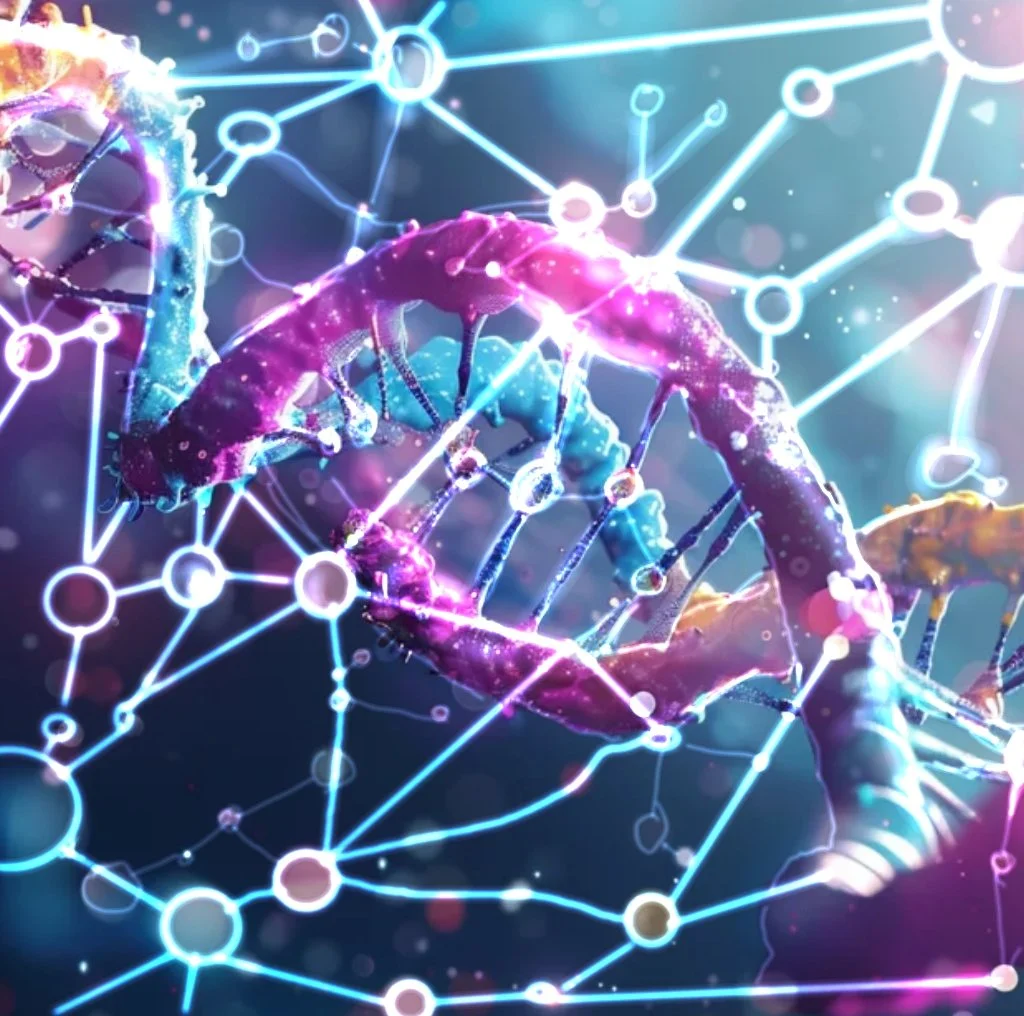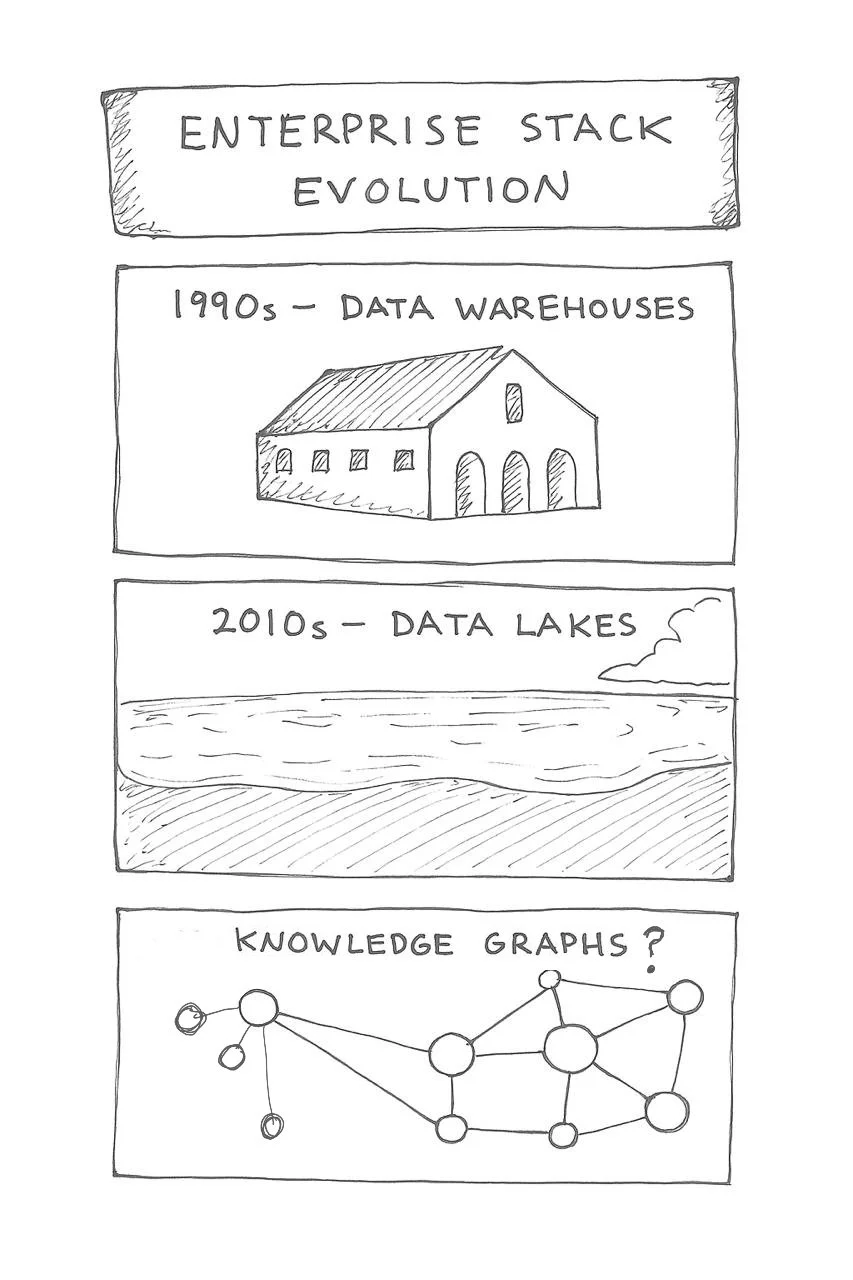
Integration Isn’t Optional: Why AI-Ready Data Needs URIs and Ontologies
The Semantic Web isn’t the problem—distributed data integration is. For AI agents to act and reason effectively, organisations need clear semantics, stable URIs, and shared ontologies baked into their data products.
Revisiting the Neural-Symbolic Loop: GPT-5 and Ontologies in Tandem
With GPT-5, the synergy between LLMs and ontologies is clearer than ever. Larger context, multimodal input, and tool use let models help build ontologies — and ontologies, in turn, strengthen LLM reasoning, creating a self-reinforcing loop of improvement.
Semantics Is Meaning: The Hidden Structure That Makes You Unique
‘Semantics’ is often misused, yet it defines the very essence of meaning. Large Language Models hold a latent, globalised semantics — but not yours. True differentiation lies in owning your meaning through Knowledge Graphs and ontologies that reflect your reality, not the world’s average.
Knowledge Graphs Are Going Mainstream: The New Foundation for AI
From SAP and Netflix to ServiceNow and Samsung, leading organisations are embracing knowledge graphs and ontologies as foundational infrastructure for AI and analytics. The reason is clear: AI needs context, businesses need unified meaning, and users need semantic access to insights. The knowledge graph is becoming the new enterprise standard.
The Data Crunch
As AI accelerates through the economy, organisations with poorly integrated data systems will begin to show cracks. Disparate but entangled data quality issues will lead to unreliable AI insights and a loss of trust. Within a ten-year timeframe, many organisations may crumble under the strain of their fragmented infrastructures, losing relevance as their specific intelligence fades into the background intelligence of larger foundational models.






